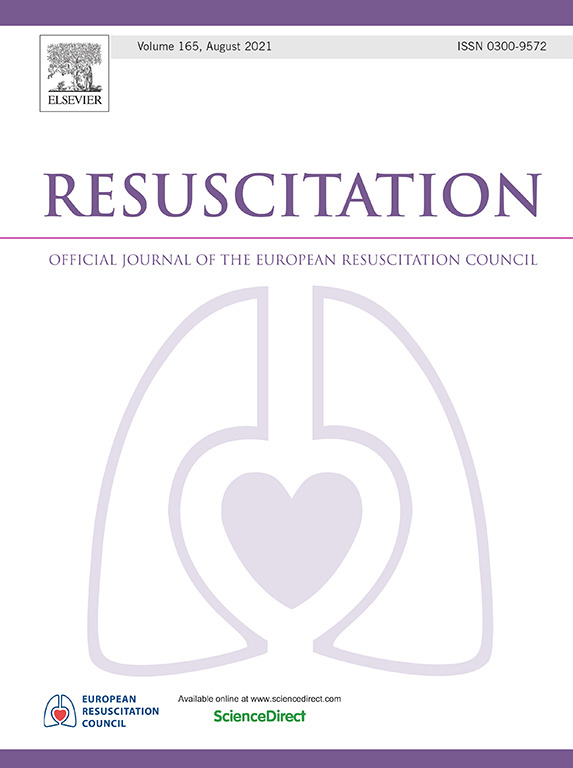Temporal dynamics of neural synchrony and complexity of auditory EEG responses in post-hypoxic ischemic coma
IF 6.5
1区 医学
Q1 CRITICAL CARE MEDICINE
引用次数: 0
Abstract
The capacity to integrate information across brain regions and sufficient diversity of neural activity is necessary for consciousness. In patients in a post-hypoxic ischemic coma, the integrity of the auditory processing network is indicative of chances of regaining consciousness. However, our understanding of how measures of integration and differentiation of auditory responses manifest across time of coma is limited. We investigated the temporal evolution of neural synchrony of auditory-evoked electroencephalographic (EEG) responses, measured via their phase-locking value (PLV), and of their neural complexity in unconscious post-hypoxic ischemic comatose patients. Our results show that the PLV was predictive of chances to regain consciousness within the first 40 h post-cardiac arrest, while its predictive value diminished over subsequent time after coma onset. This was due to changing trajectories of PLV over time of coma for non-survivors, while survivors had stable PLV. The complexity of EEG responses was not different between patients who regained consciousness and those who did not, but it significantly diminished over time of coma, irrespective of the patient’s outcome. Our findings provide novel insights on the optimal temporal window for assessing auditory functions in post-hypoxic ischemic coma. They are of particular importance for guiding the implementation of quantitative techniques for prognostication and contribute to an evolving understanding of neural functions within the acute comatose state.
求助全文
约1分钟内获得全文
求助全文
来源期刊

Resuscitation
医学-急救医学
CiteScore
12.00
自引率
18.50%
发文量
556
审稿时长
21 days
期刊介绍:
Resuscitation is a monthly international and interdisciplinary medical journal. The papers published deal with the aetiology, pathophysiology and prevention of cardiac arrest, resuscitation training, clinical resuscitation, and experimental resuscitation research, although papers relating to animal studies will be published only if they are of exceptional interest and related directly to clinical cardiopulmonary resuscitation. Papers relating to trauma are published occasionally but the majority of these concern traumatic cardiac arrest.
 求助内容:
求助内容: 应助结果提醒方式:
应助结果提醒方式:


